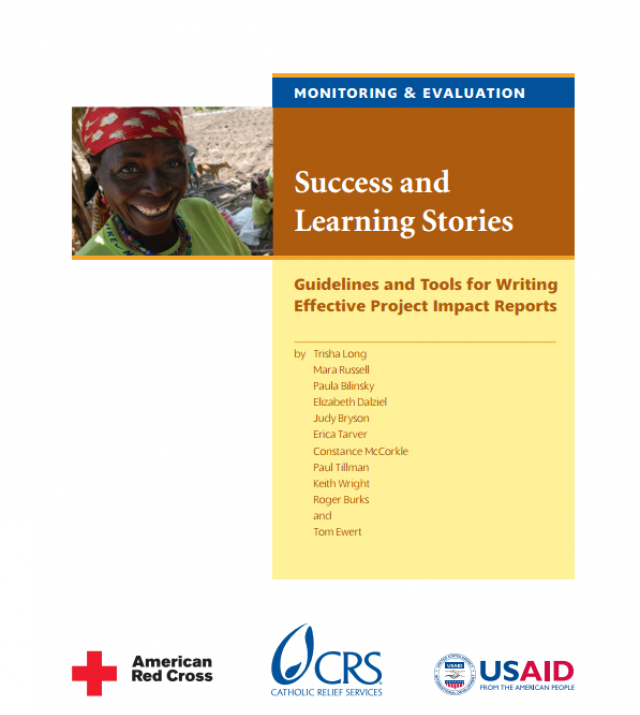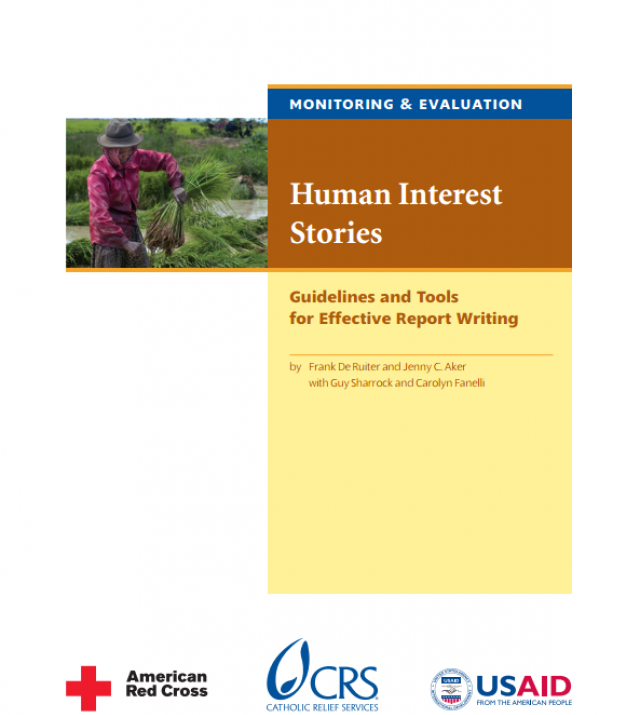
OICI Risk and Vulnerability Assessment Guideline

Developing improved tools for addressing vulnerability to food insecurity experienced by communities and households is important. This guideline is intended to enhance the understanding, implementation, and analysis of food insecurity assessments that will be required to achieve a lasting impact on food security among the regions and populations that need it.
The guideline follows a Development Relief approach as the conceptual foundation for assessing vulnerability to food insecurity. As part of this approach, it offers specific methods for evaluating risks and strategies for managing risk, determining livelihood outcomes, and identifying key leverage points for potential food security interventions. With an eye toward identifying and assisting vulnerable populations, the guideline incorporates the cross-cutting issues of HIV/AIDS, gender and conflict into each of the discussions regarding assessment process guidelines, implementation procedures, and programming considerations.
This manual aims to develop programming guidelines that will orient technical staff on development relief concepts and introduce tools for assessing shocks and vulnerabilities to food insecurity to aid development of food security programs that integrate emergency and development.

